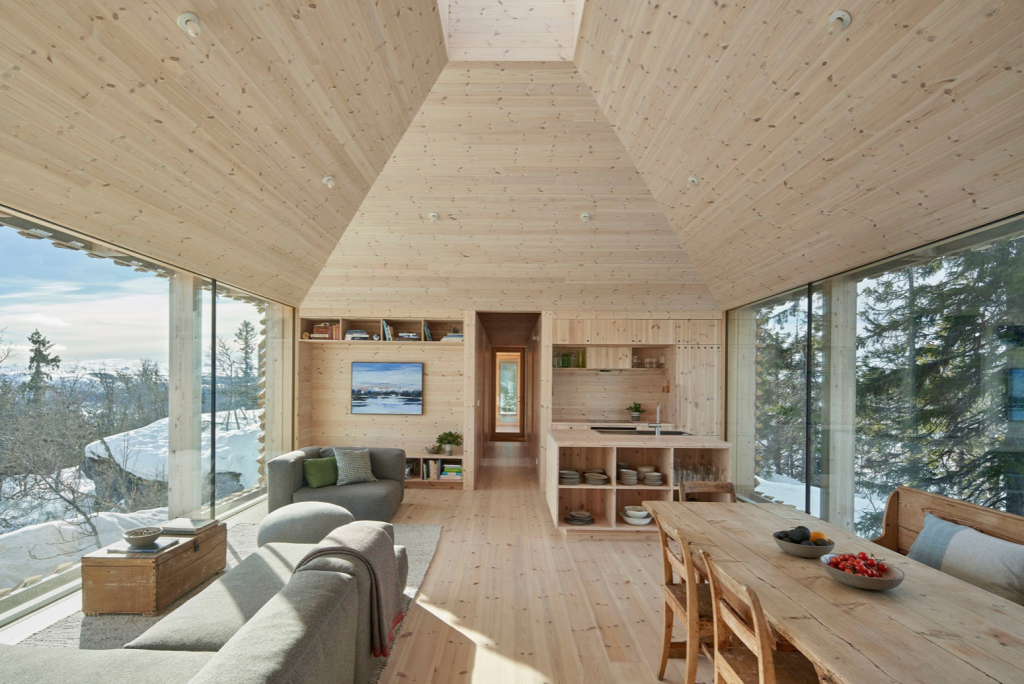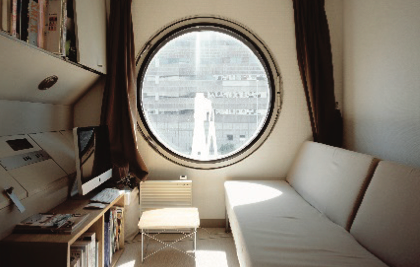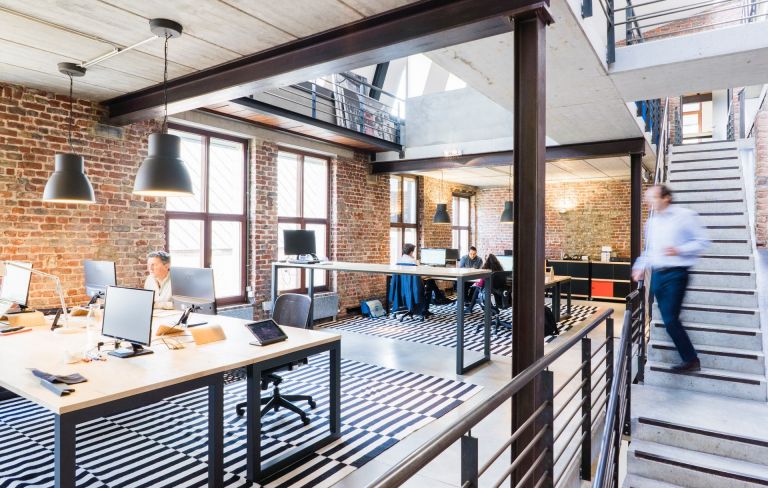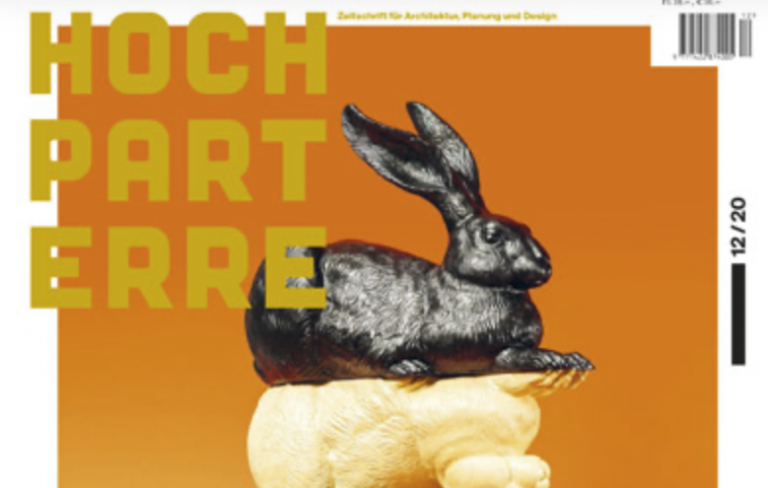Especially in our latitudes and in cities, architecture often serves as protection from the public. But those who build in the great outdoors tend to look for proximity to the open space and a building that is open to the beauty of the outside world. interior | design journal – an always informative online magazine about architecture and interior design – recently featured examples of such refuges in an article. From their archives, the magazine found “arbours, rifugi and beach huts that celebrate simple living with local materials and ascetic concepts”.
For example, the residents of a house built of wood in Norway step out of their house shoes directly into their ski boots. The house, built by the architectural firm Mork-Ulnes, floats on pillars above the ground. In summer, sheep bleat and cows moo around the house; in winter, skiing starts right outside the door.

Floor-to-ceiling windows open the interiors to the outside on both sides – with views of the surrounding mountain peaks and coniferous trees. Photo: Bruce Damonte
More examples from the article are the Berghütte Oberholz by Peter Pichler and Pavol Mikolajcak, the Londoner Arbeitslaube by Boano Prišmontas, a simple construction for home office, the oberbayrische Einfirsthof by Florian Nagler Architects, a converted Chalet in Geneva by Daniel Zamarbide or the australian Datscha not far from Melbourne by Austin Maynard Architects.
The Shiver House, a pavilion shivering in the wind in Nordic Finland, designed by the British studio NEON, seems particularly whimsical.


